The off-season, they call it. As if cycling has an off switch. For those of us bitten by the two-wheeled bug, there's only ever the anticipation of the next ride. The endless exploration, a quiet mind and the unending joy that being on a bike always brings. The faster, the better. Always outside, inside if you really have to, except it's not the same, and everybody knows it.
But riding in winter is no joke. The off-season, sometimes so serene, can turn on a dime and push you and your clothing beyond its limits. In the wrong gear, you'll pull to a stop, shivering, dribbling, exposed and in danger of hypothermia. Throw in a descent and expect all that and more. As you'll read below, we've been there, and it's no picnic. In that blue vein, we sat down with pro gravel racer Brennan Wertz and AC's co-founder Chad Nordwall to discuss all things off-season, the merits, the motivation, the kit and more.
Pete: Hey, both, how are you doing?
Brennan: Good, thanks, Pete.
Chad: Yup, same!
Pete: To borrow a newbie cyclist's perspective, doesn't it suck going out on the bike this time of year with the weather's not good? Do you guys lose any enthusiasm when the weather's not great?
Chad: I mean, yes and no. I grew up in the cold weather climbs of Seattle and stuff. And one of our axioms was if it ain't raining, you ain't training because you don't have a choice. If you don't go out, you're not going to do it. But if you're dressed properly, a cool day is energising, invigorating, and feels really good. And conversely, a rainy day can be enjoyable too. It's different. And granted, I have the backdrop of riding in 33 degrees with slush coming out of the sky for hours. So I've got a little more practice than most. But, in short, I don't lose too much motivation.

Pete: And Brennan, same question to you. Do you shut the door and crawl under the sofa or do you whip out the clothing and thrive in the conditions?
Brennan: I like it, just because it's so quiet and there are so few people and cars. It feels like everybody hunkers down when the weather's like that. Especially in places like Mount Tam, where most of the traffic is, the roads are quieter. It's just you and nature, which I really like. Being in California for most of the year and training in California is a blessing and a curse. We have such good weather that it's a great place to be through the winter. When it comes to travelling, the flip side is embracing other climates, say the east coast or the southeast, where it can be quite swampy and rainy and muddy. Some of the mud can catch me off guard. So I approach it as an opportunity to work on skills that I don't get to practise all that often. I'll go out on my gravel bike, ride in the mud, find some trails with a lot of roots, and work on handling the bike when I'm slipping and sliding around a little bit more.
Pete: Sounds good. A man who looks to the positives! Turning to off-season apparel, I was once told by an old roadie, "When you walk out the door, you've got to be a little cold or at least chill in your clothing before starting a ride. Otherwise, you're going to overheat very quickly." Do you have any thoughts about that or any tips yourselves where you can gauge if you're wearing the right thing or whether you've overdressed or underdressed as soon as you walk out the door?
Chad: That's true unless you're going for an easy little coffee spin where you want to be warm the whole time. But if you know you're going out and putting some effort out, you're going to warm up pretty quickly. That being said, you didn't have as many good layers back in the day. So once you were dressed, you stayed that way for the whole ride and took your chances. Whereas nowadays, you can start your ride warm and peel off layers, safe in the knowledge that they're going to provide a huge amount of warmth for their weight and stow super small.
Pete: That's really interesting. So you think today's technology allows you to stay at the right temperature at all times?
Chad: Pretty much. Of course, it depends somewhat on where you're riding, but without a doubt, today's technology will let you do more as long as you're okay with carrying an extra vest or something like that. For example, here in Mill Valley this morning, it was 33 degrees, and I could leave and literally wear the same thing and come home four hours later when it was around 60 degrees.
Pete: What's your take on that, Brennan? Do you have any rules of thumb for leaving the house, checking you wearing the right stuff, or do you, as Chad said, rely on the layering and the technical new wave of apparel?
Brennan: Yeah, more the latter. I think that the breathability of the current products is so damn good. They're high-tech in a way we've never experienced before and can handle such big temperature swings. And for us here in California, when you can go out in the morning, and it's freezing, and then get to the top of Mount Tam, it's 40 degrees warmer. That versatility makes things so much simpler.

There's also been a rise in people using bar bags where you can stash some layers if you run out of space in your pockets. That was something that I was doing when I was in Colorado in September because that's kind of their fall or the beginning of fall. And we had some pretty drastic temperature swings because of the elevation. I would start my ride at 5,000 feet, ascend up to 10 or 11k and then ride back down. But I feel like even when I was doing those training rides, for the most part, I could usually get away with bringing one extra jacket over the top of what I was already comfortable in down the lower levels where it was warmer.
Pete: I hear Chad saying, "No bar bag. Use your pockets."
Chad: Exactly. And I was thinking of that when Brennan was speaking, but we're all in different eras. It's a pretty common thing nowadays.
Pete: At this point, we should make clear that not all apparel is the same. You've got lots of stuff that purports to be breathable, air permeable, that isn't. And often, we see brands confusing those terms, which leads you to conclude that they don't quite understand technical bike clothing, despite saying they are making it. But then you've got people like Q36.5, a long-time AC partner who clearly understands the terrain. What are your thoughts on the apparel scene?
Chad: Well, things have improved a lot since the days of wearing t-shirts for base layers! And yes, while there is some amazing stuff out there now, there's also a lot of misdirection and design over function: a logo and slick marketing over actual technical ability. In many ways, it's harder than ever to know what's good because so many people say their thing is the best. So I guess there's nothing new under the sun.
Pete: And on the road scene, many consumers take the lead from what the pros are wearing, but their apparel is often the worst stuff you could wear in terms of technical performance.
Chad: Totally. And then you have a brand like Q36.5, chipping away, working with seriously esoteric fabrics that perform minor miracles throughout your ride. So it's incredible there's a company doing that and making it domestically in Italy.
Pete: You went to the Q36.5 factory last year, Brennan. Did you get a sense of the spirit of Q36.5 when you saw the factory and the depth of innovation and the fabric knowledge they have?
Brennan: For sure. It was incredible to see the wealth of knowledge they have under that one roof with all the different people who are part of the R&D Team. The facility that they're working out of is super modern and high-tech. They also had all these prototypes on display in different stages of development. It was mind-blowing, as was their commitment to iterations and bringing new ideas to market. That curiosity was cool to see and felt very genuine.

Pete: And you have a unique perspective on performance apparel because you're pushing the limits when racing. Can you talk a bit about your approach to apparel when you're competing?
Brennan: There were two races this past season with snow on the ground, and it was below freezing at the start. Both started below freezing and ended well into the 50s, maybe even over 60 degrees - huge temperature swing, with tough efforts throughout the race. And what was remarkable about that was I was able to dress in a way where I was still warm at the start, but then I didn't take anything off or change anything. I don't even think I took my gloves off. I didn't touch a single zipper, and by the end, I was definitely warm, and I got a bit more dehydrated than I probably would've because I was sweating more, but I wasn't ever uncomfortable, which I thought was cool.
Pete: That's pretty amazing.
Chad: In their early days, Q36.5 pushed the importance, especially for someone at Brennan's level, of not getting sick. Your apparel has to be on point. It can't chill you after strenuous efforts or retain too much heat at the wrong time. If you go out there and ride in bad conditions, as Brennan frequently has to do, there's no room for error. Maintaining your core health to stay balanced throughout the ride is enormously important.
Brennan: You're less susceptible to injury with your knees, back, and everything if you stay warm. If you start to get cold, that's when you get sick. But then your joints and everything gets out of whack. I know my new coach is just hammering me on that, even off the bike, just being warm, never getting cold, for all those reasons. And the new stuff that we have now completely enables that. For example, I wear the Hybrid Que with bib tights, and swap out the base layer depending on the conditions, throw a vest or rain jacket on the top or stash it in a pocket, and I can pretty much get through the entire winter here, and that's three pieces! Sure, good stuff costs, but it's an investment. I think one way to look at it is to think about how much a smart trainer costs. And here in California, you don't necessarily need a smart trainer. You can get a few pairs of good kit and, for that same price, get yourself out the door.
Pete: What are your go-to pieces for riding through winter, Chad?
Chad: Right now, I'm sitting outside, and it's warming up dramatically. It's probably still in the 40s, but this morning when I set out for my ride, thick frost covered everything. So, taking today as an example, I'm wearing a nice pair of the Q36.5 silk socks, the Woolf bib because it's like a lined bib, and the Sun and Air Warmers, even in this temperature. Funnily enough, I never need much on my legs.
Pete: But the Sun and Air Warmers keep the wind off a little…
Chad: Totally. I like them, too, because they don't get baggy around the knees or anything like that. If it is going to be colder, I'll wear the Woolf leg warmers because they're fantastic, like wearing a pair of tights. Then I've got some Hybrid Que overshoes to keep my feet warm. And those have been fantastic. In very cold conditions, I favor the Base Number Four, which is the kind of mock turtleneck one. I put the Hybrid Que over that, and then I wear the Essential Vest and a pair of Hybrid Que gloves. To finish, a cap, maybe a headband, and a rain jacket stowed away for any downpours on the ride.

Pete: Let's talk about rainwear for a minute.
Chad: I'm very impressed with the Q36.5 rain jackets. Back in the day, rain jackets were total garbage. Plastic bags! And they were like that until not that long ago, maybe five, six years ago. Okay, yeah, it's going to keep me warm, but I'm going to be drenched in sweat, which is not smart because, let's say you stop midway to go to the bathroom, get water, get a coffee, or wait for people, then you start freezing, and then you do a descent, and it's horrible. But now the rain jackets are so good and warm, but the sweat can get out. So it's not like the garbage bag anymore. I could wear a base layer with a rain jacket on top in low 40s rain and be fine, not overheat, and be super comfortable. The only thing I wouldn't have is pockets. So that's why I have a jersey.
Pete: And Brennan, you've covered a few already, but what are your go-tos at this time of year?
Brennan: Yeah, depending on the day, very similar to Chad. For me, probably either just the standard Unique Bib Shorts or the Sun and Air Warmers. One of my favourite items is the same Hybrid shoe cover that Chad was talking about. I like those a lot. They're super easy to put on, look clean, fit snugly, and don't flop around. So yeah, usually those over the Unique shoes. And then, it's generally similar to Chad, Hybrid Que on top with a rotation of base layers underneath, so if I'm climbing and I'm getting hot, I can unzip the jersey and get a tonne of airflow and then on the descent zip it back up and be warm. Then, if I need a little extra layer, I'll put the vest on over the top of that, and then if it's raining, the rain jacket, and with that, I can get down to ride around freezing, no problem.
Pete: And what about accessories, Brennan? What do you favour on your feet and hands or head?
Brennan: I like the Q36.5 neck warmers. I'm always wearing a neck warmer. That makes a big difference. I'll wear the headband or the full little beanie every once in a while if it's freezing. Another thing I like is the rain cap, to help keep some of the water out of my eyes. And then for gloves, the Hybrid gloves or the Anfibio gloves.
Pete: It's funny how even a little something around the neck makes you feel like you're set up. And so maybe that's something newer riders might not realise or even experienced riders if they haven't tried it. Okay, changing tack, let's get to apparel disasters. Chad, want to go first?
Chad: Oh, man. One time last year, I didn't dress right because I dressed based on what it was like in my house. I made every elementary mistake in the book. I dressed for summer without thinking about what it might be like if the sun wasn't visible. I started okay, but then I went through a few valleys, and the temperature plummeted. I'm not kidding; I didn't know if I could make it. Not like I was going to die, but I was in so much pain in my arms and shoulders. It got so cold, and I had nothing but a jersey and bibs. And all because I wanted to get a tan. That was an object lesson in being prepared. Even close to home, you can risk getting caught short.
Anyway, if I had dressed my usual way that time, I would've been totally fine, but I got a little cocky based on what the weather was like here, not thinking about the whole ride and thinking more about vanity.
Pete: That's an excellent point about if you know where you're going to go, whether with a group or your own thing, you probably have a route in mind. Pay attention to the details. And that goes for so many things. Like food. Where's your hydration and snack stop? You're on your own, and I think that often, it's so easy to forget or get swept away by, "Oh, I've got my phone and everything." But you're outside and often far from help.

Chad: In the spirit of sharing, I've got another near-death story. This time, I was wearing a team kit with maybe four layers. It was my first year in Marin, and I was climbing up and down Mount Tam one December day, and I decided to take the longer route home. I was warm because I had just finished doing intervals. I felt great, so I went down Tam Ridgeway and then down Alpine, and it started to rain. Then it hit me. The cold. Such cold! Of course, my interval-induced sweat was chilling me to the bone. I started getting tunnel vision, and things began to fade to black.
Pete: Holy cow.
Brennan: Ditto!
Chad: Somehow, I managed to get to a bike shop, where I doubled over in agony. After a few minutes, I broke for home, collapsed at the door when I got there, and Kalara dragged me to the shower and turned on the hot tap.
Pete: Brennan, do you have a similar story to Chad?
Brennan: Yeah, I remember I wasn't wearing Q36.5. But this had nothing to do with the kit itself, more just being unprepared. A couple of years ago I was living in Colorado in the front range, in the mountains outside of Denver, Boulder area. And I climbed to the top of Mount Evans, which at over 14,000ft, is the highest paved road in North America. It was a beautiful summer day down in the valley. I started around 6,000 or 7,000 feet and then rode to the top. I was wearing a jersey and bibs with a wind vest over the top, and that was it.
After about three hours, we got to the top. The wind was fierce, and the temperature couldn't have been more than 35 degrees. Once we turned for home and started the descent, I got so cold. You're hardly ever pedaling on the way down when you're up that high. All I had was a Clif Bar and a Ziploc bag I had my phone and a few things in. So I ate the Clif Bar, put the wrapper over my foot inside my shoe, and then used the Ziploc bag on my other foot. But my feet were still absolutely freezing. And then my vest zipper broke, so my vest was flapping. So I had to take my jersey off, put the vest underneath it, and use the zipper of the jersey to hold it together.
Pete: Oh, man.
Brennan: So yeah, that was a bit grim. Fortunately, as we got further down the descent, it warmed up so quickly that I could pull over on the side of the road, sit on a warm rock for a while, and kind of warm up. You have to keep going.
Pete: And on that note, we'll finish up. Thanks, both!
Chad: Thanks all!
Brennan: See you next time!

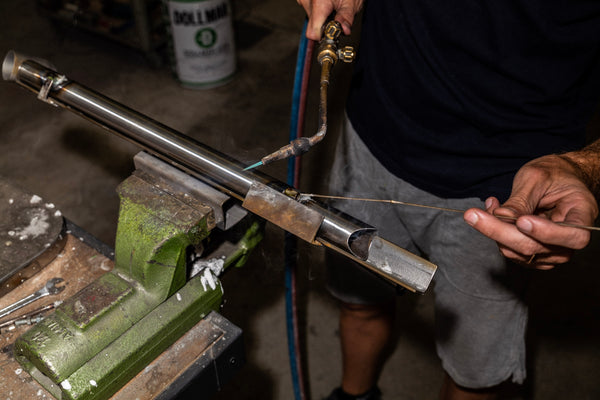

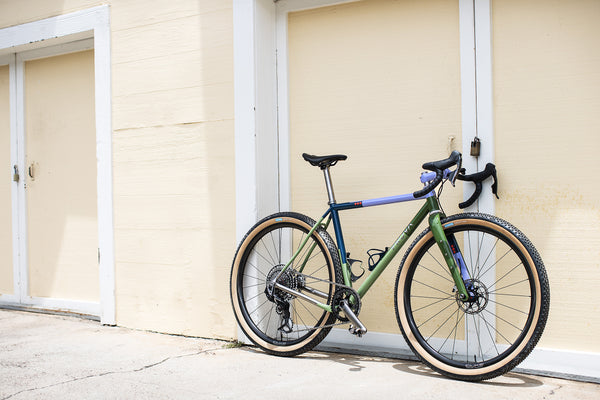
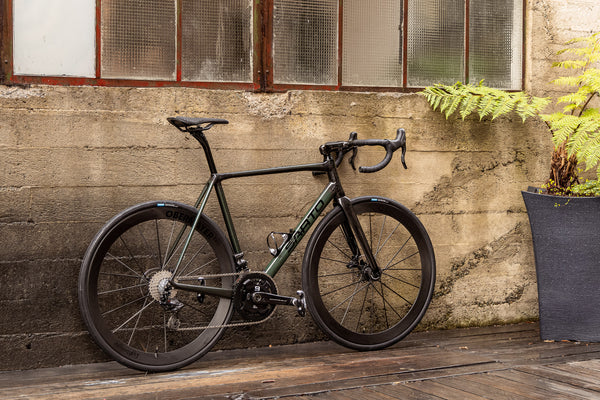
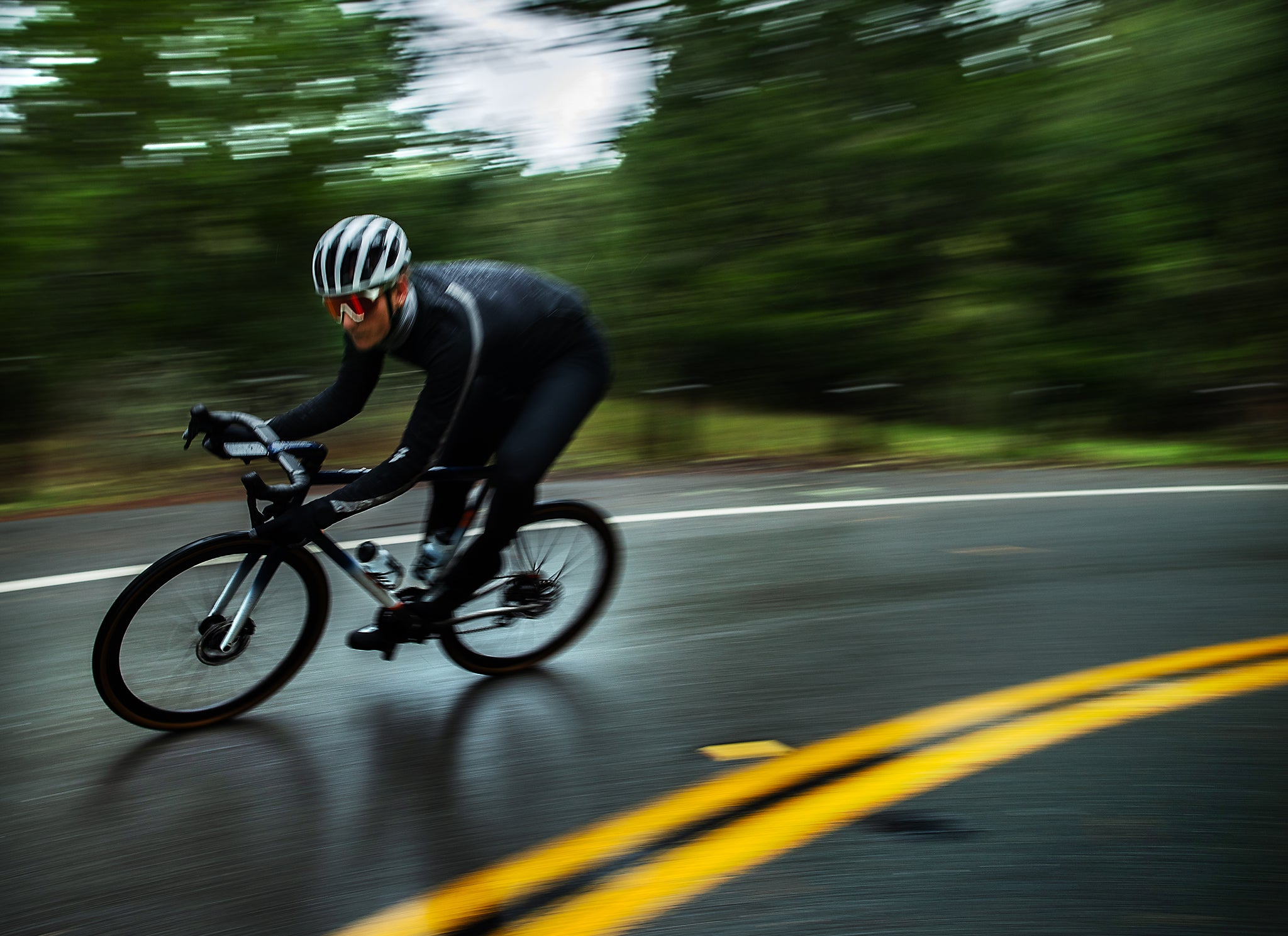

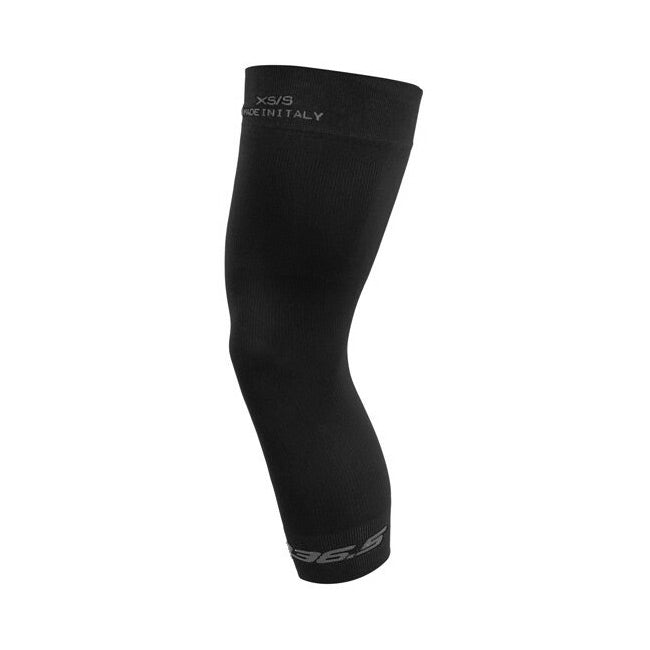
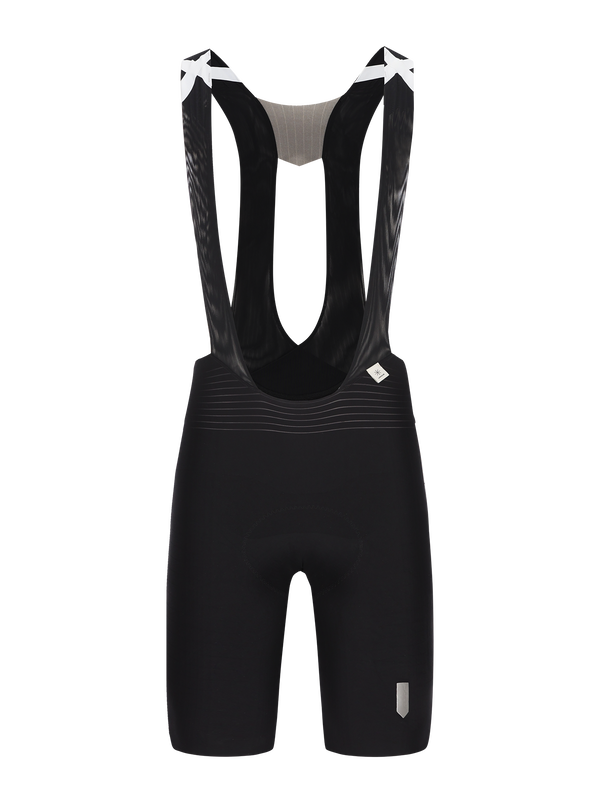

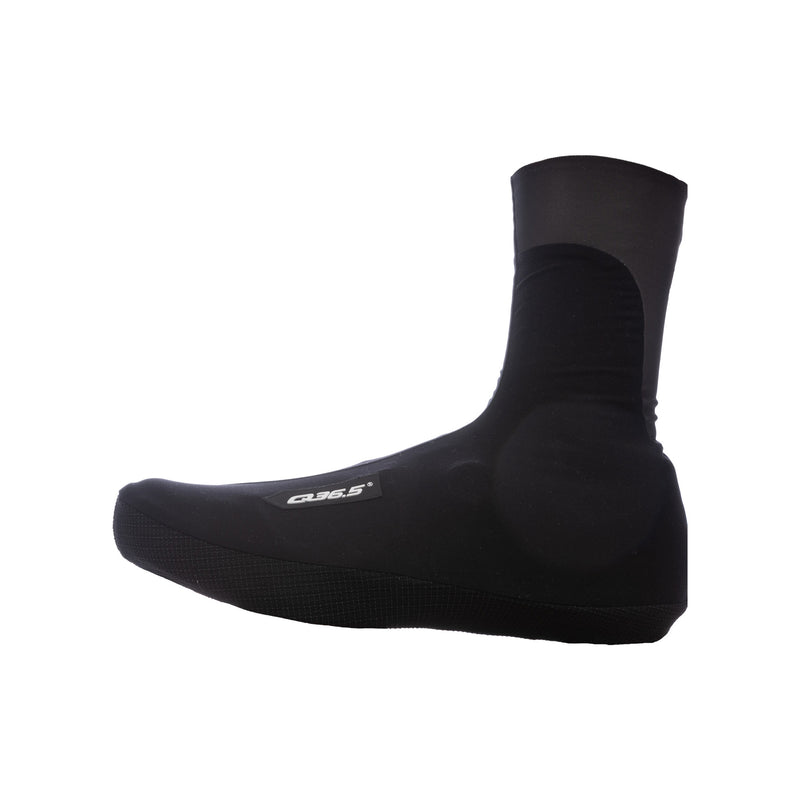
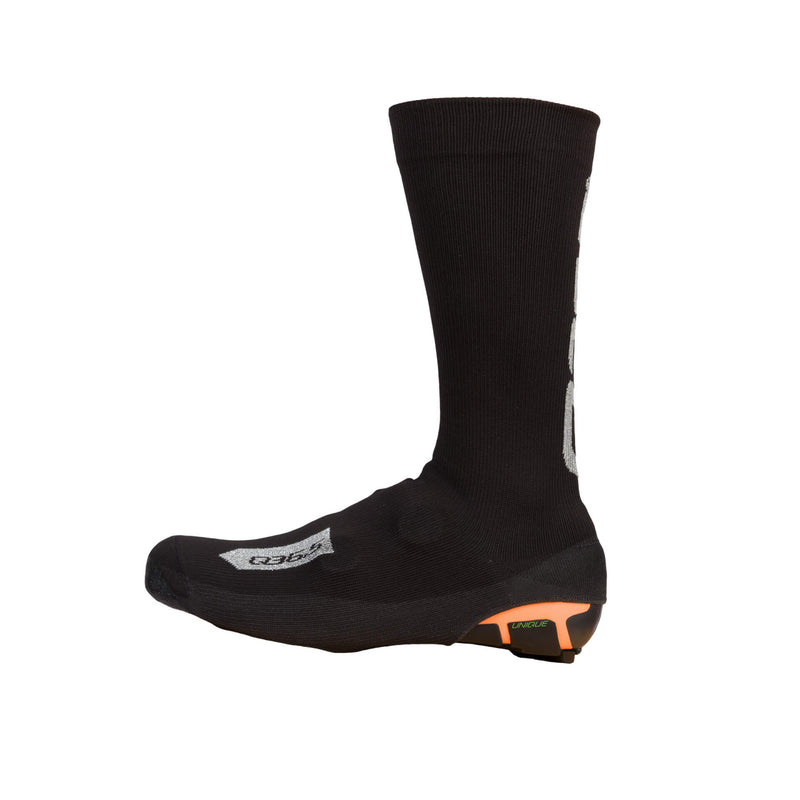
Back to Journal